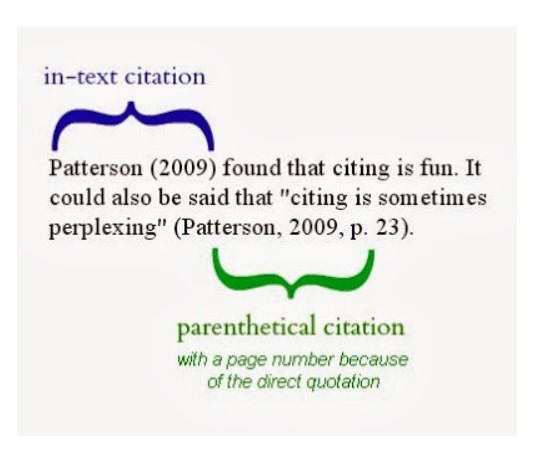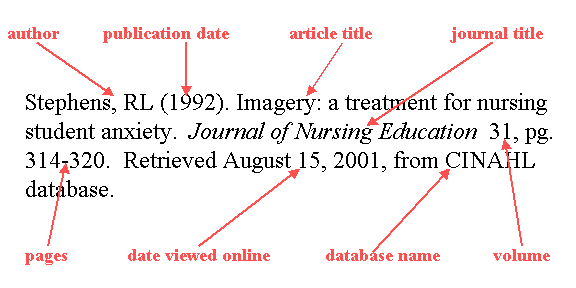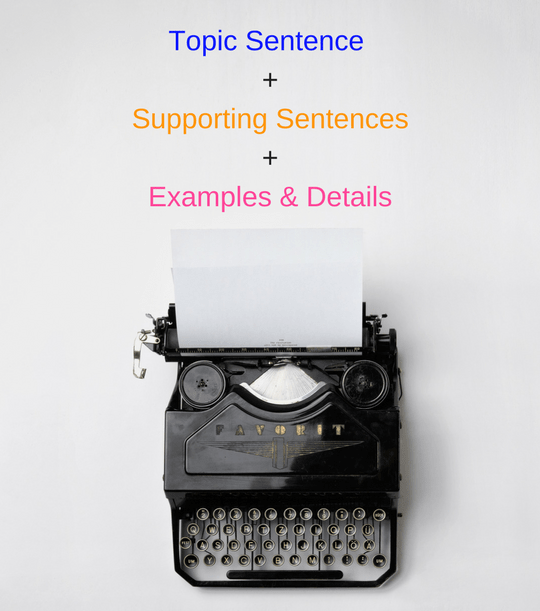
This photo came from the best blog post ever on our assignment for this week. Reflecting on my writing process I am fascinated to note that even though I write professionally the scope of my work is small. I have never needed an annotated bibliography and before I became passionate about positive psychology I could not imagine that I ever would.
This kind of organizational writing is not my strength. I learned that this type of exploration is useful when delving deeply into a topic. I had a few “aha moments” that surprised me.
Here’s my first crack at it.
Bibliography
Brunwasser, S. M., Gillham, J. E., & Kim, E. S. (2009). A meta-analytic review of the Penn Resiliency Program’s effect on depressive symptoms. Journal of consulting and clinical psychology, 77(6), 1042.
This highly-cited meta-analysis studies the effect of the Penn Resiliency Program on symptoms of depression. The analysis was completed for the Journal of Consulting and Clinical Psychology by a team of medical experts from the department of medicine at Vanderbilt University Medical Center. The intended audience are other psychology experts and suggestions were made for future studies on this topic. Conclusions supported the research done thus far by the UPenn team of researchers led by Dr. Martin Seligman and endorse his findings on the efficacy of this intervention.
Kristjánsson, K. (2012). Positive psychology and positive education: Old wine in new bottles?. Educational psychologist, 47(2), 86-105.
Kristjan Kristjansson is a professor at the School of Education at the University of Iceland. His journal article in Educational Psychologist, a quarterly peer-reviewed academic journal published which is considered one of the top five educational journals. It plays devil’s advocate to the studies applauding Penn Resiliency Program. Kristjansson questions if positive psychology is new, if it is effective, and points out its conceptual controversies. Exploring this article, the one negative article, allows fair weight given to both the supporters and the detractors of positive psychology.
Norrish, J. M., Williams, P., O’Connor, M., & Robinson, J. (2013). An applied framework for positive education. International Journal of Wellbeing, 3(2).
Positive Education seeks to combine principles of Positive Psychology with best-practice teaching and with educational paradigms to promote optimal development and flourishing in the school setting. Interest in Positive Education continues to grow in line with increasing recognition of the important role played by schools in fostering well-being, and the link between well-being and academic success. This paper analyzes the first attempt at intervention using positive education at the Geelong Grammar School. The paper is by Dr. Jacki Norrish who has a PhD in Wellbeing and id a family practitioner in Melbourne and was published in the International Journal of Wellbeing whose audience includes both wellness professionals from medical and complimentary healthcare fields.
Oades, L. G., Robinson, P., & Green, S. (2011). Positive education: Creating flourishing students, staff and schools. InPsych: The Bulletin of the Australian Psychological Society Ltd, 33(2), 16.
InPsych is the Australian Psychological Society’s news magazine for members and associated industry professionals and its audience includes psychologists, health professionals, as well as key private and public sector decision makers and industry stakeholders. The article is written by a team led by the University of Melbourne’s Director of the Centre for Positive Psychology. It explores the field of ‘positive education’ and demonstrates how applied positive psychology can use evidence-based coaching to inform and assist schools to develop and maintain the optimal functioning of students and staff by decreasing anxiety and increasing well-being and happiness.
Proctor, C., Tsukayama, E., Wood, A. M., Maltby, J., Eades, J. F., & Linley, P. A. (2011). Strengths gym: The impact of a character strengths-based intervention on the life satisfaction and well-being of adolescents. The Journal of Positive Psychology, 6(5), 377-388.
Strengths Gym is a positive psychology strengths-based intervention designed to improve the life satisfaction and well-being of teens. This study, led by Dr. Carmel Proctor from the Positive Psychology Research Center in Guernsey UK, found that compared to control, students who participated in the Strengths Gym learning program experienced significant increase in life satisfaction. This article can be used to contrast the Penn Resiliency Training Program which, until now, has been the standalone intervention of positive education. The intended audience are educators and peers in the positive psychology field of positive education.
Seligman, M. E., Ernstb, R. M., Gillhamc, J., Reivicha, K., & Linkinsd, M. (2009). Positive education: Positive psychology and classroom interventions. Oxford Review of Education, 35(3), 293-311.
Dr. Martin Seligman, leader of this research team, is the virtual father of positive psychology and therefore it’s a subfield positive education. The Oxford Review of Education being the top publication for educators worldwide. This article is written for educators, discussing the benefits of using positive education as an intervention and proactive preventative measure for depressive disorders and foundational stabilizer in emotional well-being of adolescents. Its findings set the stage for all other articles included in this paper. Delivery of this work positively impacts all aspects of life both in and out of an educational setting.
Thing, D. F. Y., Naimie, Z., Siraj, S., ElHadad, G., & Nadarajan, R. (2015, February). The importance of positive psychology in education: How does it make a difference?. In Interdisciplinary Behavior and Social Sciences: Proceedings of the 3rd International Congress on Interdisciplinary Behavior and Social Science 2014 (ICIBSoS 2014), 1–2 November 2014, Bali, Indonesia. (p. 283). CRC Press.
This publication is part of the condensed proceedings from the 3rd International Congress on Interdisciplinary Behavior and Social Science in 2014. It is relevant as it looks through an interdisciplinary lens. It is written by a team from the University of Malaysia who are not from the field of psychology. It is written for attendees and other academics with interest in the conference. It condenses findings from UPenn and their team’s experience at Geelong Grammar School.
Waters, L. (2011). A review of school-based positive psychology interventions. The Educational and Developmental Psychologist, 28(2), 75-90.
This article reviews school-based interventions designed to foster student wellbeing and academic performance by following a positive psychology approach designed to cultivate positive emotions, resilience and positive character strengths. The author, Lea Waters, is a psychologist, researcher, consultant, author and public speaker specializing in positive psychology and positive education which means her opinions may be biased. The publication is peer-reviewed and makes a substantial contribution to the knowledge and practice of education and developmental psychology. The article is highly cited.
White, M. A. (2013). Positive education at Geelong grammar school.
Written by Matthew White from the Melbourne Graduate School of Education and published as a scholarly research review by Oxford Handbooks as a Handbook to Happiness this article defines positive education, explains positive education at Geelong Grammar School, and discusses scope and sequence as well as six pillars of positive education. It also explains resiliency through creativity and gratitude. The format is a step by step implementation including suggested follow up.
Williams, P. (2011). Pathways to positive education at Geelong Grammar School. Integrating positive psychology and appreciative inquiry. AI Practitioner, 13(2), 8-13.
This article by Paige Williams; Positive Psychology Project Manager for Geelong Grammar School in Victoria, Australia provides an overview of the yearlong implementation and experiment phase of the Penn Resiliency Program at Geelong Grammar School. The intended audience are prospective families, teachers and other stakeholders in the school and community. The publication is more informational than the others included however the information contained is foundational positive education information. It has been republished in education journals.
Reference
Handmadewritings. June 2017. retreived from web Nov. 15, 2017. https://handmadewritings.com/blog/annotated-bibliography/
“I love the big scale and immediate impact of posters. They’re my favourite things to design.”


 To communicate effectively, you must state your facts in a simple, concise and interesting manner. In my field, presentations are often a keynote speech or Ted talk styled presentation. They can also be a report or thesis, and even a book.
To communicate effectively, you must state your facts in a simple, concise and interesting manner. In my field, presentations are often a keynote speech or Ted talk styled presentation. They can also be a report or thesis, and even a book.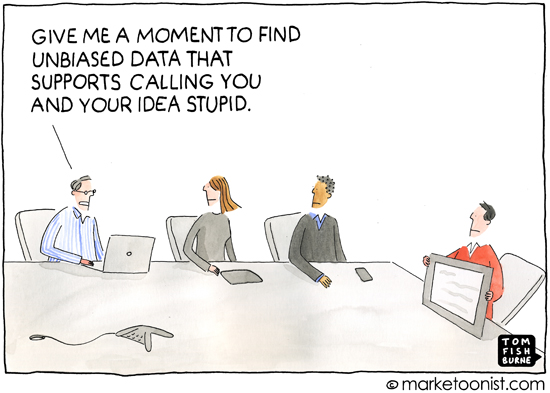
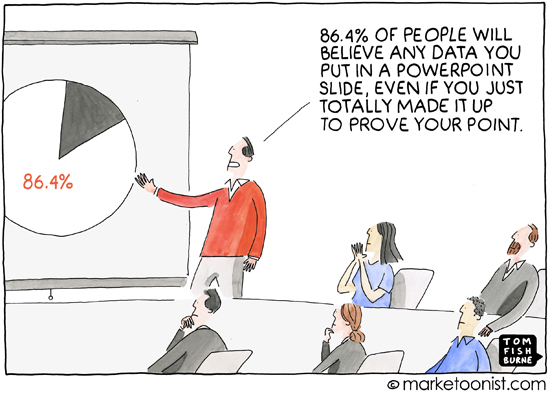
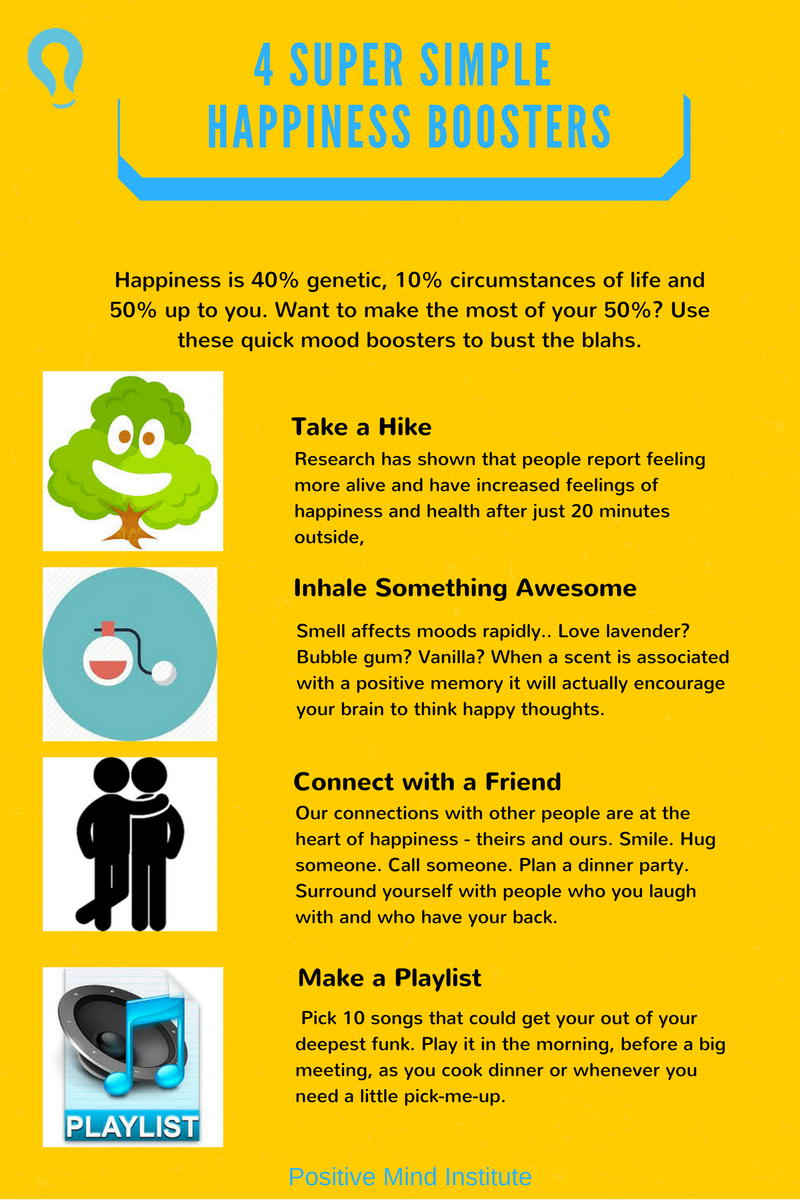









 Truthfully, the only good thing about citations for me has been that a jargon-filled or difficult book suddenly becomes shorter due to the lengthy reference list at the end of the chapter!
Truthfully, the only good thing about citations for me has been that a jargon-filled or difficult book suddenly becomes shorter due to the lengthy reference list at the end of the chapter!